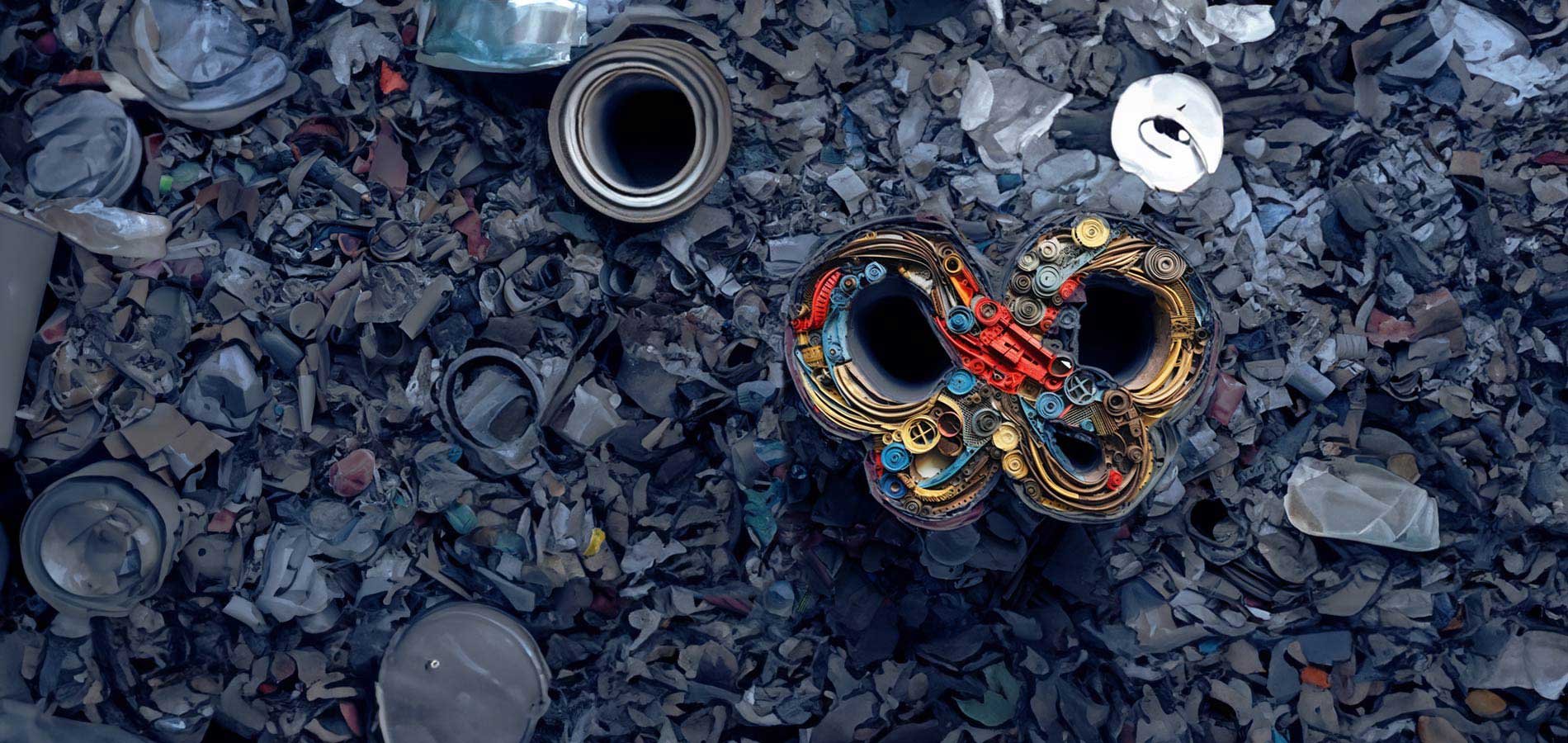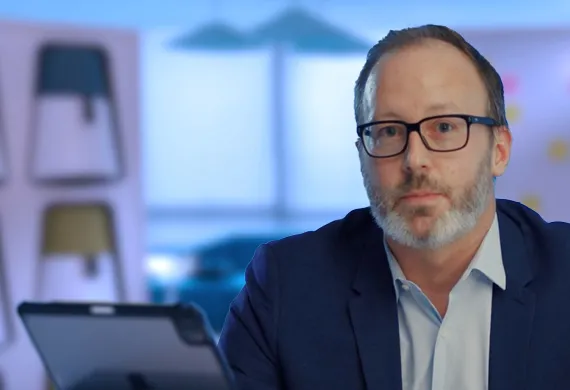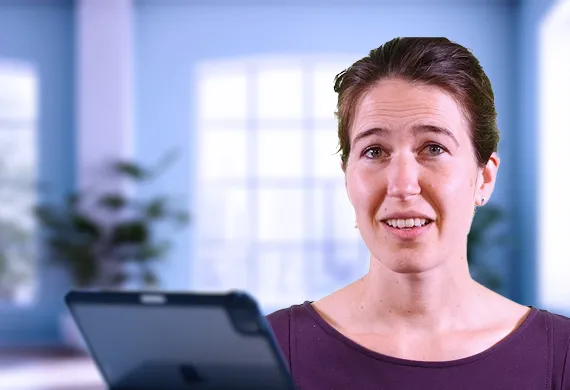Weave Circularity Through Sustainable Materials
Infuse circular principles into product development through sustainable materials that are recyclable and biodegradable by design.
Materials are the building blocks of the products we make and consume daily. However, the choice of materials has a significant impact on the environmental footprint of a product.
Today, to fulfill the economic demands of a rising population, industries are relying on new virgin materials almost exclusively, which leads to rising material extraction and usage. As outlined in the 2023 Circularity Gap Report by Circle Economy, around 90% of materials are wasted, lost or unavailable for reuse and recycling.
In Ellen MacArthur Foundation’s butterfly diagram, the circular economy system “illustrates the continuous flow of materials in a circular economy through two main cycles — the technical cycle and biological cycle.” In the technical cycle, materials are kept in circulation through reuse, repair, remanufacture and recycling processes. In the biological cycle, biodegradable materials are returned to the soil through composting and anaerobic digestion.
The Three Pillars of Sustainable Materials
Optimize Materials by Design, Not Selection
Have you always selected materials based on cost, availability and performance?
In a linear economy, traditional material selection often falls short in addressing the entire lifecycle of a product. Instead, you should adopt a more comprehensive outlook. At least 80% of a product’s environmental impact is determined during the design stage, according to research by UN Environment Programme (UNEP). Decisions made at the design stage influence how long the product lasts, what it’s made of, if it can be repaired, and what happens to it at the end of life.
By integrating circular economy principles, you can improve the product development process to emphasize durability, reparability and ease of disassembly with an extended lifespan while simplifying recycling and remanufacturing stages. This shift requires a collaborative platform where your design, engineering and manufacturing teams work in tandem to use renewable materials that are not only innovative but also environmentally responsible.
Pioneer Recyclable and Biodegradable Materials
The journey towards a circular economy beckons companies to push the boundaries and pioneer new materials that leave a minimal ecological footprint. Why? The reason is traditional materials, while functional, can pose challenges during material separation and recovery. The way forward is to optimize materials for biodegradable and technical cycles.
Revamp Chemical Processes for Material Recovery
A circular economy transition necessitates a comprehensive overhaul of existing practices, extending beyond the materials’ design. You can catalyze change by revamping chemical processes to enhance the efficiency and cost-effectiveness of materials that are hard to recycle. This involves developing new technologies and improving existing chemical processes to separate and recover materials from complex products, such as electronics or batteries.
Cutting-edge advancements in modeling and molecular simulation enable the transformation of complex materials into reusable components. When discarded materials are upgraded into valuable resources, companies can extract greater value from their existing inventory. Furthermore, innovative chemical processes can streamline recycling management and the remanufacturing of these materials, which reduces energy consumption and waste generation.
Interested to get to know our experts featured in the videos? Meet them here
How One Industry Leader Met The Challenges Of Sustainable Packaging
By implementing circular economy practices empowered by Dassault Systèmes’ innovative solutions, a major consumer goods organization reduced the environmental impact of millions of products while maintaining high-performance standards and meeting consumer demands.
Bridge the Gap: From Circular Intentions to Tangible Impact
Turning circularity plans into action is potent for risk mitigation and future-proofing. As the regulatory landscapes evolve and environmental concerns intensify, companies proactively embracing circular practices are better positioned to navigate shifting compliance requirements, boost supply chain resilience and reduce dependence on volatile raw material markets.
The shift towards a circular economy hinges upon material selection, design and innovation. With the right circularity strategy incorporating sustainable materials, you can secure tangible results and make a circular economy achievable and profitable.
More Questions on Sustainable Materials?
Other Circular Economy Pillars
Explore key pillars that are disrupting the conventional linear economy, eliminating value leakage and paving the way for a scalable, profitable and achievable circular economy transformation.
Rethink Product Design
The entire product lifecycle matters. Optimize product design for each lifecycle phase to reduce the environmental impact of your products and increase their circularity.
Reshape Value Networks
Ready to merge environmental protection with business operations? Move from linear to circular value networks to demonstrate that value creation and profitability are achievable within strong planetary boundaries.
Take Definitive Steps Toward Circularity Success
Inspired by actionable strategies from Dassault Systèmes’ industry experts? Dive into our Circularity Insights Digest, your definitive guide to transform circularity goals into scalable, achievable and profitable outcomes.
Circular Solutions for Your Business Challenges
Circularity in Action
At the core of the concept of circular economy lies the idea of circularity, where resources are kept in use for as long as possible. Real-world adoption of circular economy strategies demonstrates the tangible benefits of this approach. Embracing Dassault Systèmes’ 3DEXPERIENCE® platform allows organizations to reimagine their operations, aligning them with the principles of the circular economy. From design phase to lifecycle analysis, businesses can create products that contribute positively to the green economy while meeting consumer demand for sustainable solutions.






